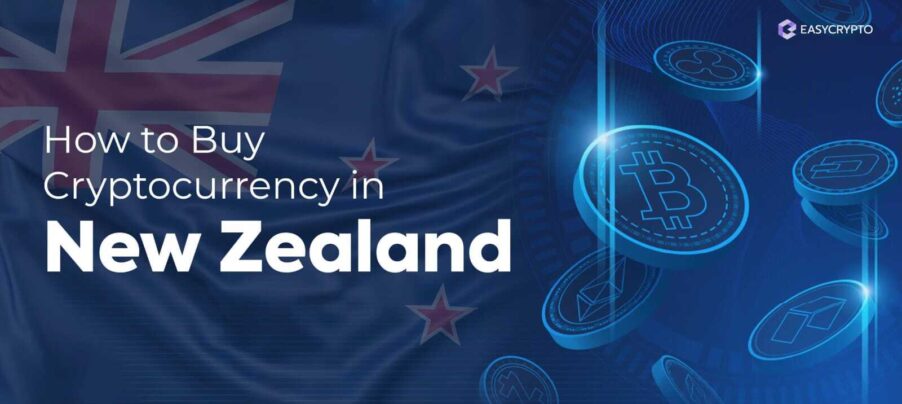5 Transformative Use Cases of NFTs
Take a closer look at 5 different NFT use cases and how their applications can revolutionize the way we transact & appreciate digital goods.


NFT was the official word of the year in 2021. What started out as a niche jargon from the depths on the internet, NFTs have now gained massive traction and are taking center stage on mainstream media.
Perhaps the most recognizable use case for NFTs at the moment is for representing digital collectibles, with the likes of CryptoPunks and Bored Ape Yacht Club fetching well in the six-figure range.
However, collectibles are just the beginning of NFTs. The non-fungible property of NFTs introduce an element of uniqueness and scarcity that are a good match for real-world applications.
In this article, we’ll be exploring those real world applications and use cases of NFTs, and how they are poised to revolutionise the way we interact with digital goods.
New to NFT? Get started with our guide on non-fungible tokens (NFT).
NFTs explained
In short, NFT is an acronym for Non-Fungible Token. The token refers to a piece of digital content that is stored and registered on a decentralised digital ledger known as a blockchain.
Non-fungible means that each token is one-of-a-kind, with a unique identifying information that can represent almost any asset both physical or digital.
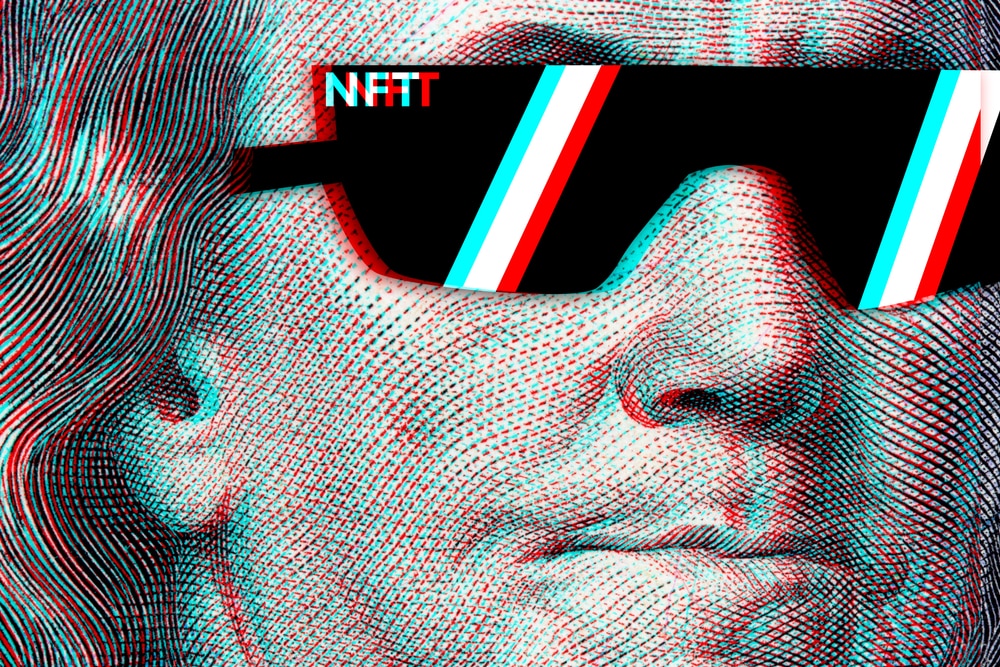
NFTs are a big deal because for the first time it provides a reliable and secure way to record immutable ownership of any asset, both digital and physical. In fact, they can even represent intangible assets such as intellectual property, royalties, privileges and more.
If you think about it, there are many examples of non-fungible assets in our lives. Any sort of collectibles and artwork is an obvious example, but also think about government licenses, registrations, trademarks, and more.
Any asset that has unique, identifiable qualities that can add or subtracts its value means that asset is non-fungible – they cannot be exchanged for equal value (interchangeable).
Which means NFTs can be a way to digitise these unique assets or data records securely on the blockchain.
Also read: What gives NFTs their value?
Providing scarcity in the art industry
The art industry has long struggled to establish scarcity, especially digital forms of art. There’s a good reason why NFTs seen great uses cases and have integrated so well into the art and creative industries. It’s an industry that highly benefits from NFT’s utility.
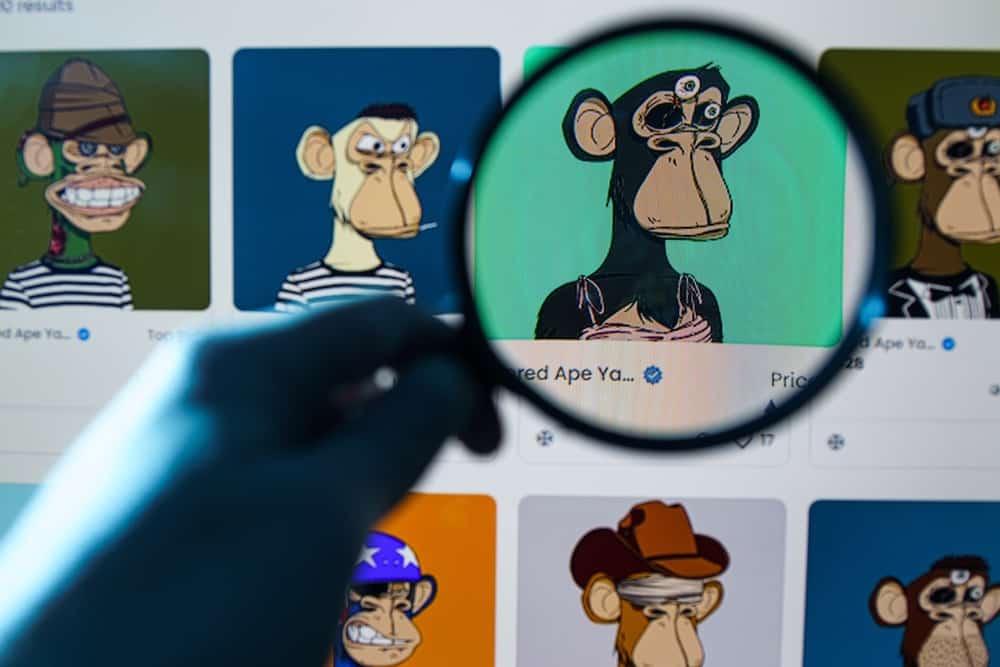
With non-fungible tokens, an artist can establish scarcity of their work by verifying its authenticity on the blockchain.
By establishing scarcity, an artist can then limit the distribution of their art making them more collectible, thus increasing their value.
This scarcity establishes an element of exclusivity on digital assets that have never been seen before. It’s one of the reasons why some NFT projects hold such a high value, such as the Bored Ape Yacht Club, Crypto Punks, Crypto Kitties, and more.
In addition to providing scarcity, NFTs also enable artists to monetize their work through royalties and p2p transactions by means of smart contracts.
Also read: What drives the value of an NFT?
Digital NFT assets in gaming
The gaming industry is no stranger to digital goods. In fact, in-game transactions have become commonplace in recent years as it enables developers to expand the game’s content and experiences beyond the core game itself.
The integration of NFTs will allow game developers even more possibilities to expand the in-game world and also provide an additional revenue stream.

NFTs can also offer deeper incentives for players by providing provable ownership of in-game items, which can yield varying degrees of rarity to further increase their value.
This is already being leveraged by Axie Infinity, a play-to-earn NFT game that has surpassed $2 billion transaction NFT volume in Q3 2021 alone. Their in-game economy is driven by the buying, selling, and trading of digital NFT assets, which have varying degrees of rarity.
Provide access to events
Another real-world NFT use case is for granting access or privileges to an event. This can be ticketing for concerts, movies, live shows, parking, or any event for that matter.
Think of how you validate a parking or movie ticket, each one of those tickets have a unique ID (usually some type of QR or barcode) to verify your entrance or admission.
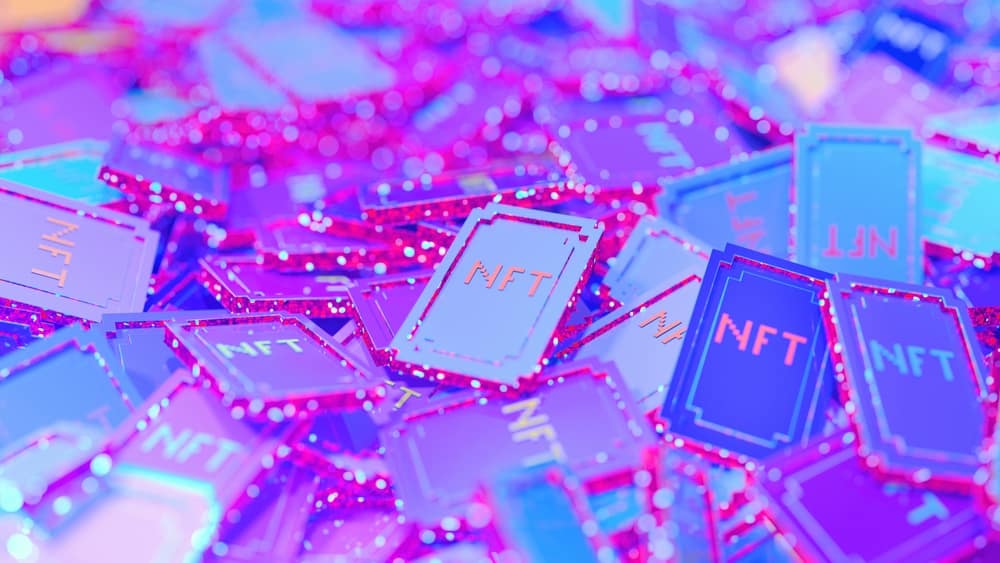
Gary Vaynerchuk makes great use of non-fungible tokens to provide access to his NFT project VeeFriends. Those who own the tokens are granted access to VeeCon, an exclusive multi-day event for VeeFriends NFT holders.
With smart contract functionality, it’s even possible to configure the NFT to include certain limitations and triggers, such as expiration dates, terms and conditions, and more.
All this utility combined with blockchain integration makes are excellent reasons why NFTs have seen great use cases for ticketing and events.
Tracking real estate and non-fungible documents
As prefaced above, NFTs enable users to verify any piece of information digitally.
Real estate documents are another great example of a non-fungible asset. This extends to licenses, land agreements, loans, registrations, ownership history, and so on – all of which are unique, identifiable assets that are not interchangeable.

That means NFTs can be used as a method to digitise and secure this information on the blockchain, providing a secure and reliable way to track any changes in a property’s value over time – all while providing the same level of immutable data validation and protection from blockchain technology.
Digitising intellectual property
Patents and intellectual property are another area that can benefit from non-fungible tokens. The current patent system that’s commonly used internationally is based on patent registers that are governed by authorities.
The current patent system relies on patent offices to act as the authority to record, register, clear, and track licenses and ownership of registers.
NFTs are great for protecting intellectual property and patents. NFT tokens also allow users to prove their ownership of any piece of content, which is not possible with traditional IP rights tools like trademarks and copyrights.
Ownership of an IP can be distinguished, especially with the timestamps, the entire history of the IP. The NFT chain would be immutable, which means that the NFT owner could prove they were the original creator of a piece of work at any point in time.
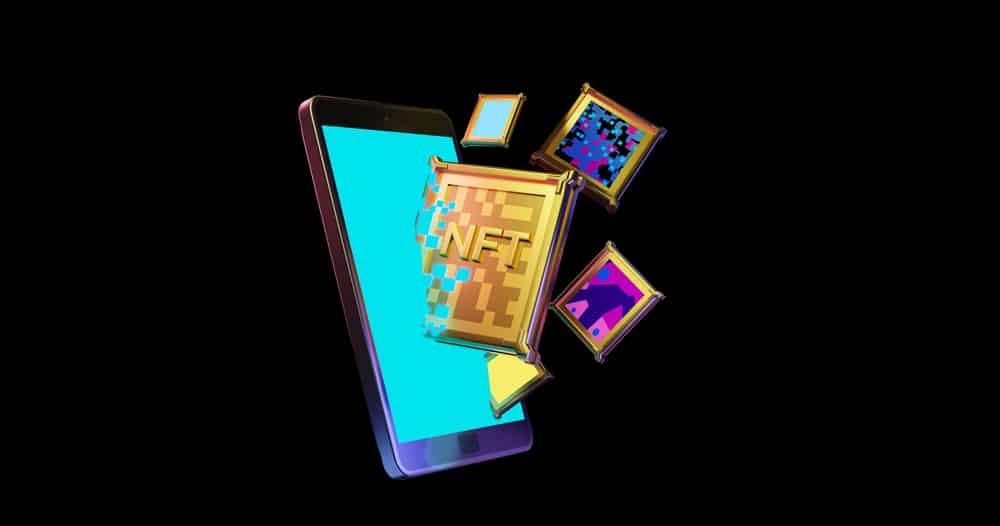
NFTs are a great way to automate and simplify these processes. The tokens can be used to provide proof of ownership for any given registered patent or IP.
Once digitised, the NFT can be used to record and track the entire history of the IP. Any changes, updates, or ownership history can be traced at any point in time and are securely recorded on the blockchain.
The tokenisation of IP has been proposed earlier in 2021 by IPwe and IBM. The plan was to use NFTs to represent patent registers and have them securely recorded on a blockchain – in this case IBM’s blockchain.
Once the infrastructure has been laid out, patents will be much easier to track, sell, trade, commercialised, or monetised in a way that provides a more liquid experience for innovators and investors.
Takeaways
What are your thoughts on these NFT use cases? As you can see, there’s much more to NFTs than just digital collectibles and art.
As the NFT space continues to mature and grow, so will its applications and use cases. It’s very likely that NFTs will soon have a disruptive impact on many aspects that run our society, such as logistics, record keeping, authentication processes, business operations and more.

Judging by the current state of things, it seems all but likely that NFTs will continue to trend in the foreseeable future – especially now that Metaverse is poised to bring even more people into the NFT and crypto space.
Further reading: Visit the Easy Crypto Hub to learn more on all things NFT and crypto.
Share to
Stay curious and informed
Your info will be handled according to our Privacy Policy.
Make sure to follow our Facebook, Twitter, Instagram, and YouTube channel to stay up-to-date with Easy Crypto!
Also, don’t forget to subscribe to our monthly newsletter to have the latest crypto insights, news, and updates delivered to our inbox.
Disclaimer: Information is current as at the date of publication. This is general information only and is not intended to be advice. Crypto is volatile, carries risk and the value can go up and down. Past performance is not an indicator of future returns. Please do your own research.
Last updated February 2, 2024





